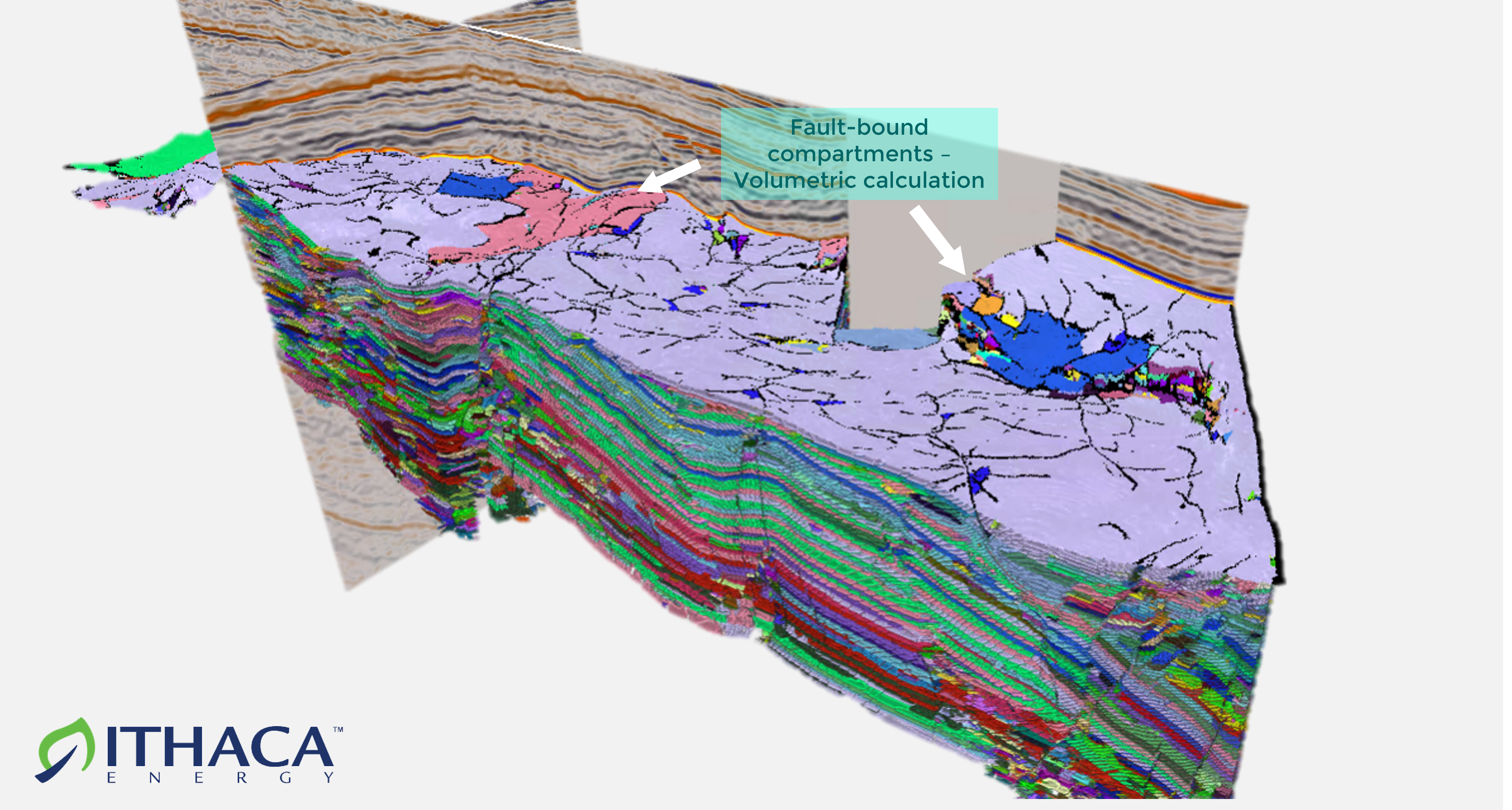The transition to clean forms of energy may be ramping up, but change will not happen overnight. The development of new technologies and implementation of infrastructure will take years, if not decades, to reach the level required to make a real impact on climate change.
Developing new, low-carbon energy for the future while ensuring security of supply in the present is a careful balancing act for operators. That, coupled with economic pressures, has led many of Geoteric’s customers to refocus on their existing fields, ensuring they have exhausted all options before considering new prospects that are resource-intensive by comparison.
We’ve witnessed a levelling out over the past decade in the development to exploration project ratio. Operators are committed to achieving optimum financial performance from their assets: more and more, we’re seeing Geoteric’s ground breaking artificial intelligence (AI) powered software being used in development. It’s helping our customers mine through more data, enabling them to increase production and enhance safety while achieving cost efficiencies.
AI Horizons is proving critical for customers in understanding subtleties in the subsurface and how they affect well performance. Ithaca Energy wanted to gain a better understanding of structural and stratigraphic complexities in the subsurface after surprising extended well test (EWT) results indicated that the volume of hydrocarbons in the reservoir was smaller than initially thought. Geoteric AI Faults and AI Horizons identified geological features responsible for the underperforming well, corroborated by the reservoir engineer and well data.

Ithaca Energy wanted to gain a better understanding of structural and stratigraphic complexities in the subsurface. Geoteric AI Faults and AI Horizons identified geological features responsible for an underperforming well.
Additionally, our AI software was able to help Ithaca Energy to reach this conclusion within weeks. If traditional interpretation methods to examine the subsurface data had been deployed, the process could have taken months or even years.
Working with exploration, development and production teams, we help customers get the most from their existing fields by directly translating geophysical data into geological information, helping them solve interpretation challenges. Geoteric can identify subtle geological features that using traditional methods, would be difficult to interpret due to challenging seismic data, or because they would be invisible to the human eye.
We’ve been able to make these game changing advances in technology by including, rather than excluding, the human touch. Real-life experience and knowledge has always been fundamental to the development AI, and we’ll continue to depend on humans to ensure AI can have an even greater impact in the future.
While new seismic data acquisition and processing can, in some cases, produce better imaging of the complex subsurface, critically, Geoteric can be used to great effect without the need to reshoot data. This capability not only saves time and money - it also eliminates carbon that would be created from the commissioning of a new survey.
Our software extracts unprecedented detail from existing data that, in some cases, is decades-old. We enable our customers to see what was previously unseen and can apply our software on any data set, regardless of quality or vintage.
One such case study is our work on the Tern-Eider Ridge using data acquired in 1995. In a blind test scenario, Geoteric AI Fault detection not only confirmed the presence of manually interpreted faults, but we also highlighted additional faults which were uninterpreted at the time, two of which caused significant drilling problems leading to a side track being performed. Had our software been applied for fault interpretation, an estimated overspend of £2.5m on the project could have been avoided.
Customers often have the problem of more seismic data than they can interpret manually, especially with multi-azimuth and 4D surveys. AI is enabling geoscientists to literally achieve the impossible by analysing massive amounts of data in weeks instead of years, arming them with geological information that is having a direct impact on business decisions and even exceeding production targets.
Geoteric has been applied and proven worldwide across different geologies, regions and challenges, whether it is to de-risk drilling operations, increase production or to support decarbonisation. Ultimately, with Geoteric, our customers get the most out of their seismic data for a greater understanding of the earth.
Try Geoteric AI on your seismic data, today. Get in touch - info@geoteric.com.

